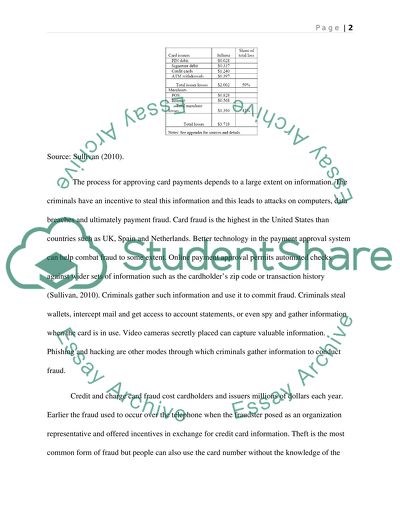Cite this document
(“Credit Card Fraud in the USA Research Paper Example | Topics and Well Written Essays - 1750 words”, n.d.)
Retrieved from https://studentshare.org/law/1430674-credit-card-fraud-in-the-us
Retrieved from https://studentshare.org/law/1430674-credit-card-fraud-in-the-us
(Credit Card Fraud in the USA Research Paper Example | Topics and Well Written Essays - 1750 Words)
https://studentshare.org/law/1430674-credit-card-fraud-in-the-us.
https://studentshare.org/law/1430674-credit-card-fraud-in-the-us.
“Credit Card Fraud in the USA Research Paper Example | Topics and Well Written Essays - 1750 Words”, n.d. https://studentshare.org/law/1430674-credit-card-fraud-in-the-us.


